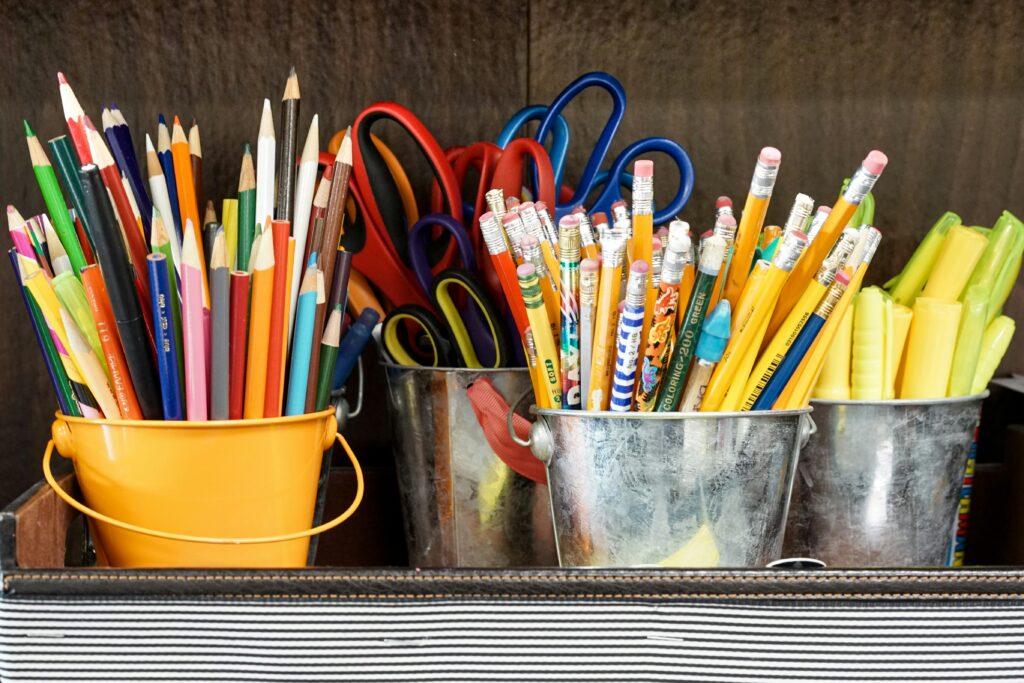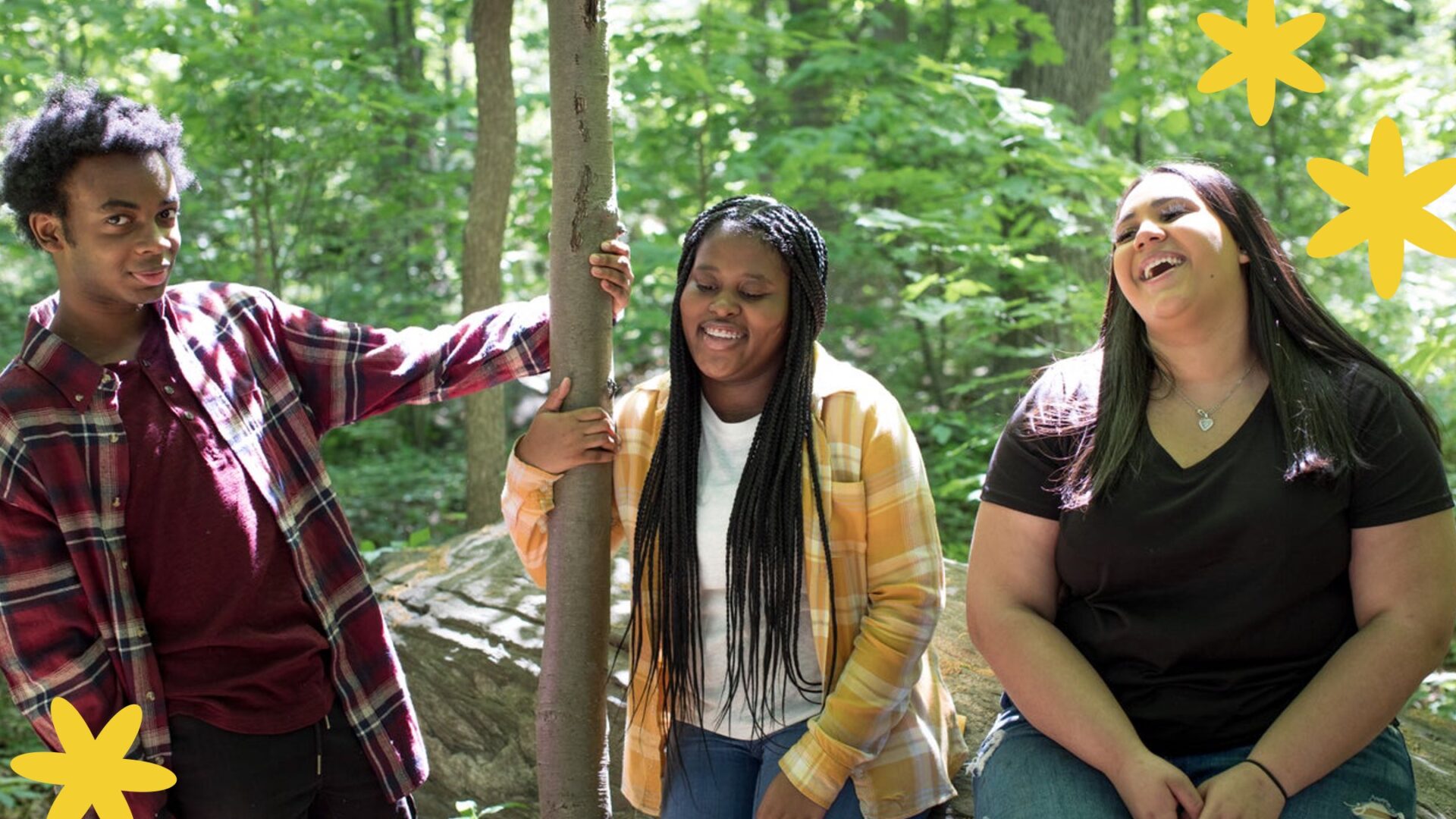When I first started my role here at Healthy Teen Network, I was tasked with being the connection between schools and the organization. There are a ton of teachers across the city who need support teaching the sexual health curriculum. Their comfort levels and experience vary widely, and I wanted to be their first point of contact when they needed a helping hand.
As I prepared to take on this responsibility, one big question kept floating in my mind: How do I actually do this?
Of course, I came in with a bunch of ideas. I asked my colleagues, veteran teachers, new teachers, basically anyone willing to sit down and share what they thought would be helpful.
Support doesn’t look the same for everyone, so there’s no one-size-fits-all solution.
Now, as I approach my one-year anniversary at the organization in a couple months, I finally feel like I can answer that question. Support doesn’t look the same for everyone, so there’s no one-size-fits-all solution. But by combining a couple of the ideas that I came up with, I believe we can find ways to better support both teachers and students in the classroom.
Ask the Teacher What They Want (Don’t Assume!)
I believe that before you make any major decisions, the first place you should turn to are the experts: your teachers and students. Don’t assume you know what’s best. Ask them directly.
When reaching out to teachers for input, it’s important to respect their time and demanding schedule. Always ask what their availability is and be flexible. They are constantly juggling a million things, so if the only time they can chat is on a quick Zoom call between lunch and third period, go with it! You will walk away with so much more in a 15-minute conversation with a teacher than you could ever get by brainstorming on your own.
Teachers’ opinions are extremely valuable because they are in the classrooms every day interacting with the students. That makes them the expects on what true support looks like. Plus, there is nothing worse than spending hours developing a resource just for it to go unused. Find out what would be valuable to them and let that inform your decisions.
Utilize the Resources That Already Exist
Many schools already have support systems in place for teachers and students, but they are often underutilized. Encourage schools to take a closer look at what they already have and focus on making better use of those tools.
One great example is affinity groups like a GSA (Genders and Sexualities) Club. These student-led organizations bring together LGBTQ+ students and allies to create a safe space for young people to build community and organize around important issues. GSAs offer a great space for students to continue discussing topics that were brought up in class in a supportive environment. Plus, the teacher mentors who advise these groups are often the go-to adults that students seek out when they need a safe adult to talk to.
Peer-to-peer education is powerful because it gives students a chance to connect with people their age and ask them questions they might be hesitant to ask in the classroom.
In many cities, the local health department funds youth advisory councils that aim to serve as peer health educators. These students are trained to educate their peers on sexual and reproductive health topics in schools and the community. Get connected with these advisory boards and see what’s on their calendar. They often host fun, educational events specially for young people. Peer-to-peer education is powerful because it gives students a chance to connect with people their age and ask them questions they might be hesitant to ask in the classroom.
These students are also a great resource for teachers. For the past several years, we have invited our youth advisory council to participate in our last professional development day of the year. They speak directly to the teachers and reflect on what their experience learning about sexual and reproductive health was like in the classroom. This feedback helps teachers better understand what students loved and how teachers can improve next year.
Lastly, the local health department also offers other great resources for students and teachers. Many of them are more than willing to visit classrooms and provide condom demonstrations, present on STI prevention, and pass out informative pamphlets. These visits help students learn about health services available to them and remind teachers that they don’t have to have the answers for everything because they can also rely on the experts in the clinics.

Bring in the New
After gathering feedback from teachers and students and making the most out of existing resources, it’s time to introduce new types of support. One of my favorite ways to do that is through professional development training. The teachers I support are always looking for new strategies and tools to better engage their students and improve their teaching methods.
If you have a budget, buy your teachers supplies! Something as simple as pens, pencils, and dry erase markers can truly brighten a teacher’s day. Small gestures like these make a big impact in the classroom. They free up mental space and time, allowing teachers to focus on the countless other things on their to-do list. It’s so much easier to support students when you’re not stressing over whether your supply of hand sanitizer will last through the semester.
Physical resources are extremely valuable in the classroom. If your school doesn’t already have them, consider making your own! Materials like maps of the nearby clinics, informative posters, or a list of reliable health websites are powerful tools that students can reference and rely on.
And finally, and one of the most powerful forms of support you can offer is emotional support. Being a sexual health educator can be emotionally taxing. Teachers often carry a heavy load to support their students through sensitive and difficult topics. It makes a huge difference when they have someone who will listen without judgement, and who they know they can count on with things get tough. There may be moments of pushback for parents, administrators, or within the community, and knowing they have an advocate in their corner can make a hard situation more manageable.
PHOTO BY: PEOPLEIMAGES.COM
Celease is passionate about youth education, creativity and connection, and building safe spaces for young people. You will often see her frantically writing in her notebook because she’s constantly thinking of innovative ideas to spark change. As a Program Manager for the U Choose Clinic, Classrooms, and Community (3-C) program, Celease provides essential training and support for educators in Baltimore City Public Schools. When she needs to unwind, Celease loves to spend hours walking through craft stores, planning out her next crochet project. She also enjoys spending time outside gardening, roller skating with friends, and trying to befriend friendly neighborhood cats. Read more about Celease.








